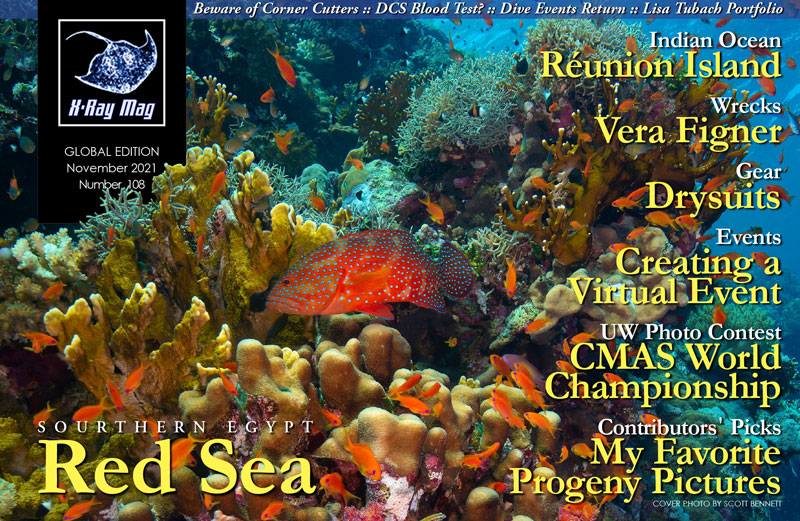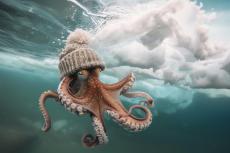Scuba diving is a diverse and breathtaking activity where, upon submerging, one can find oneself drifting along the waves of history. Such an opportunity presented itself to me during my recent visit with fellow divers in Perm, who discovered an interesting object under the ice in the Sylva River.
Contributed by
The Sylva River flows through the territories of the Sverdlovsk and Perm regions in Russia, passing near the well-known “Perm Anomalous Zone.” It has magnificent shores and is very popular among tourists and water sports enthusiasts.
Even though navigation on the river is not treacherous, it was in this place that an actual paddle steamer shipwreck was recently discovered on the bottom of the river. The fact that there was an object lying on the riverbed had been well known to locals for a long time. But, until last year, nobody knew exactly what this object was.
This is when divers from Safety Stop Club, a Perm scuba facility, got down to business. They scanned the supposed coordinates of the object, located it, made several dives, found the remains of the ship, and later identified it to be the paddle steamer Vera Figner.
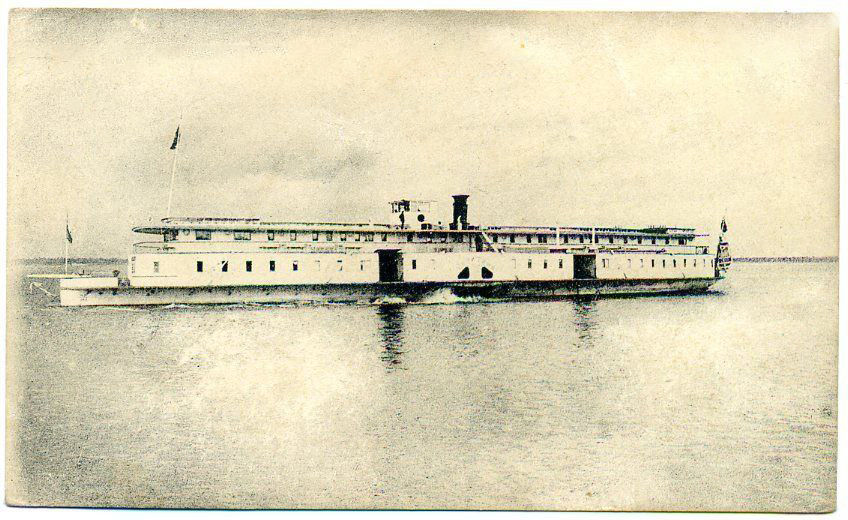
Historical background
The history of the ship is rich and diverse. The steamer was originally built in the city of Murom in 1904. Named after the Russian empress Catherine the Great, it made its maiden voyage as Ekaterina, and was built to be luxurious. With exquisite wood decor, carpets and chandeliers, it looked in the beginning like a floating palace.
But after a change in ship owners, it was renamed Kharitina and became a cargo ship. All the excesses and luxury were removed. Then, after the Revolution of 1917, the steamer was renamed again, now after the revolutionary figure, Vera Figner. It was redesigned to carry Soviet citizens along the vast Russian rivers.
During World War II, it was a supply vessel, participating in cargo shipments and evacuations of refugees from war zones, including Leningrad. Finally, 15 years after the end of the war, it was anchored permanently on the Sylva River, and sank in 1966, unable to withstand the pressure of the ice in winter.
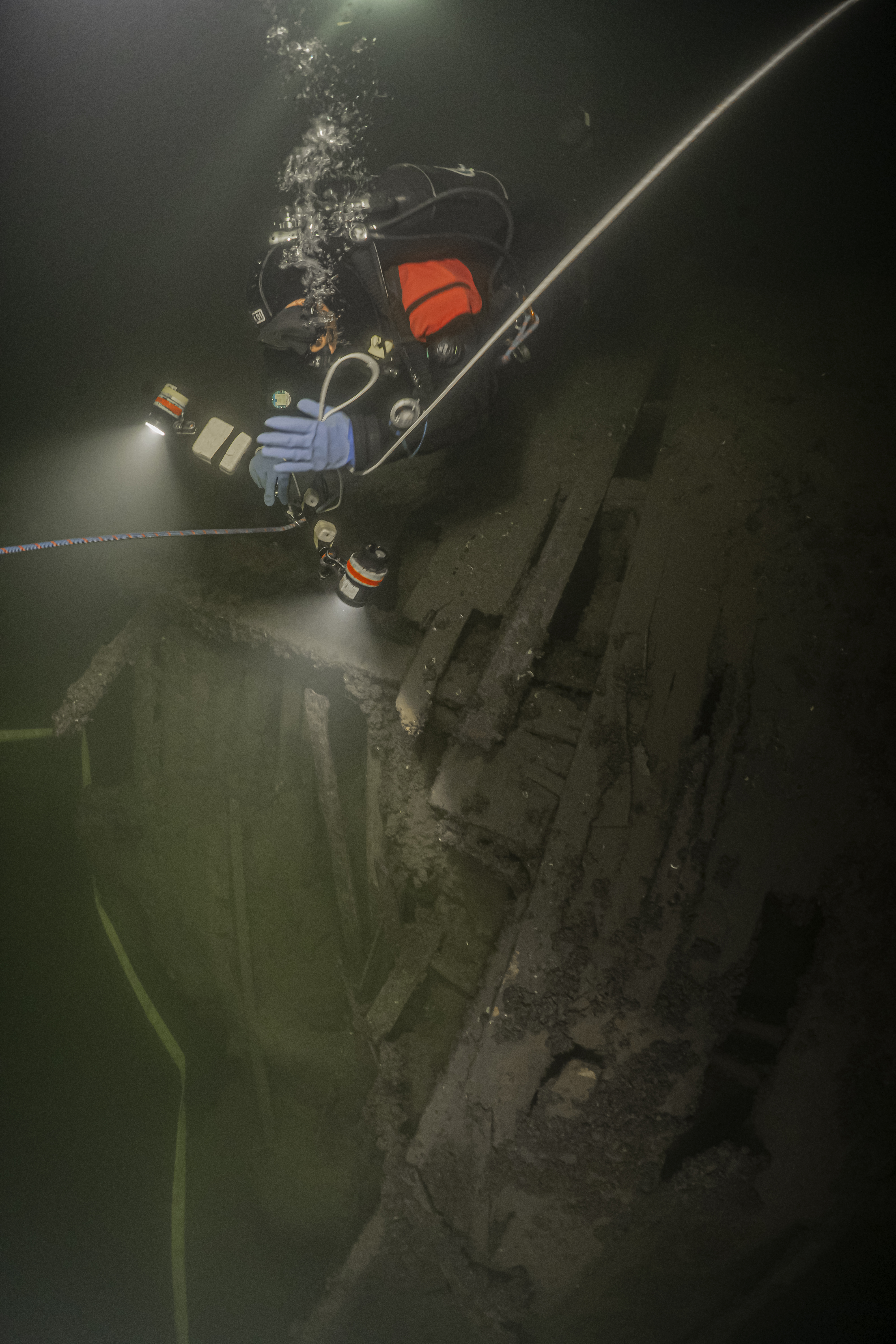
Diving the wreck
Speaking about the dive itself, visibility in Russian rivers is much better during the winter season, but because of the freezing cold, my friends from Perm had to set up a whole research camp on the ice of the Sylva, cutting several entry holes into the ice above the steamer and setting up warm shelters for people and gear nearby.
I had only one day to photograph the wreck, and it was just on the day when the air temperature dropped below -20°C. But, of course, there was no chance this fact would stop us!
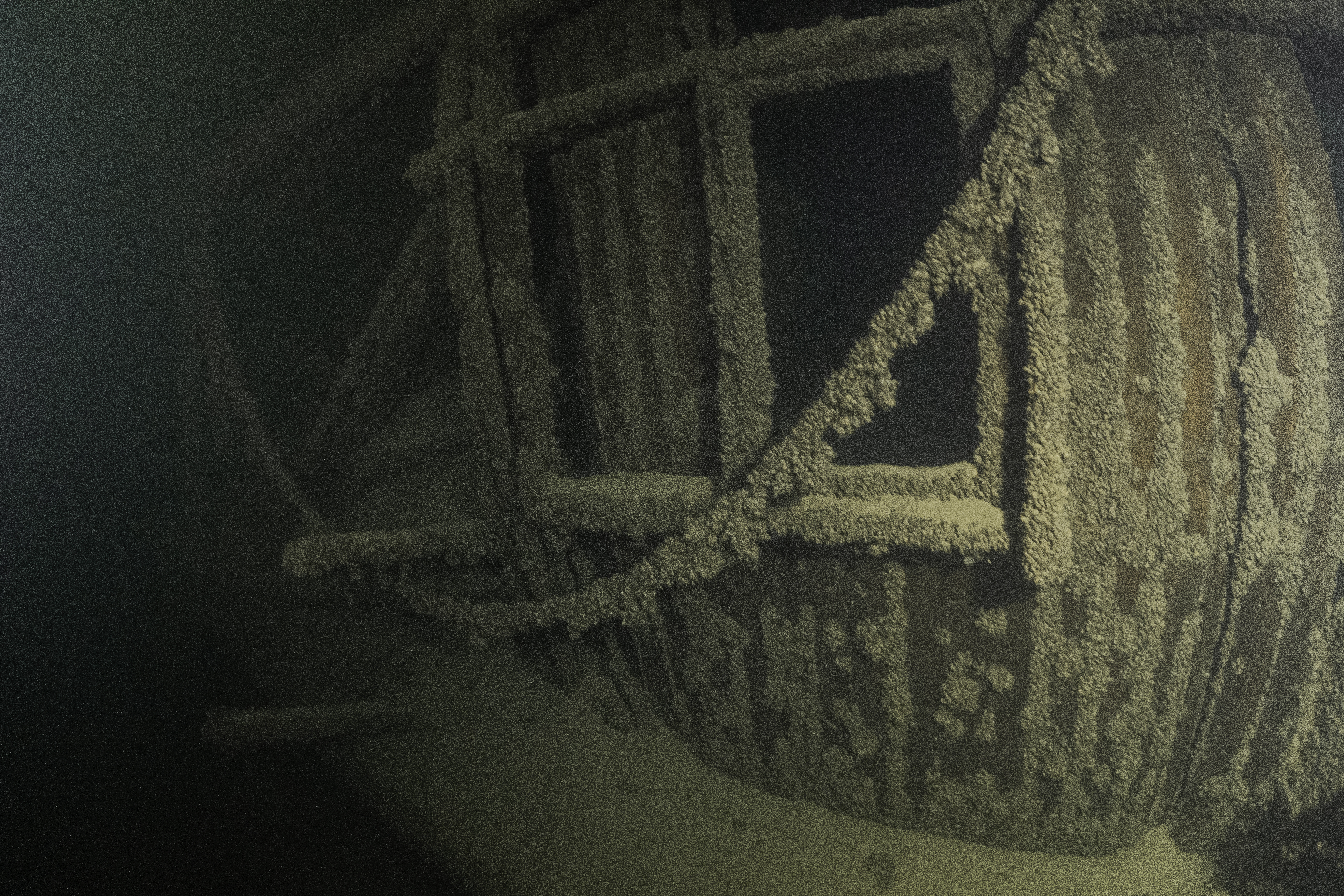
The village of Sylva lies 30km from the city of Perm. The ice was thick enough to carry a car, so after arriving in the village, we drove straight to the steamer’s location, which was very convenient. After the dive briefing and planning the dive, we jumped into the freezing waters.
The water was cold—almost zero degrees Celsius—but visibility was very good, about seven to eight meters. The steamer rested at a depth of 12 to 18m.
Approaching the wreck, it looked as if it had been torn apart. It was said that there had been an attempt to pull her out to the shore at one point. The superstructures were destroyed and there was a lot of silt, which turned the water into a dense murky curtain at the slightest touch.
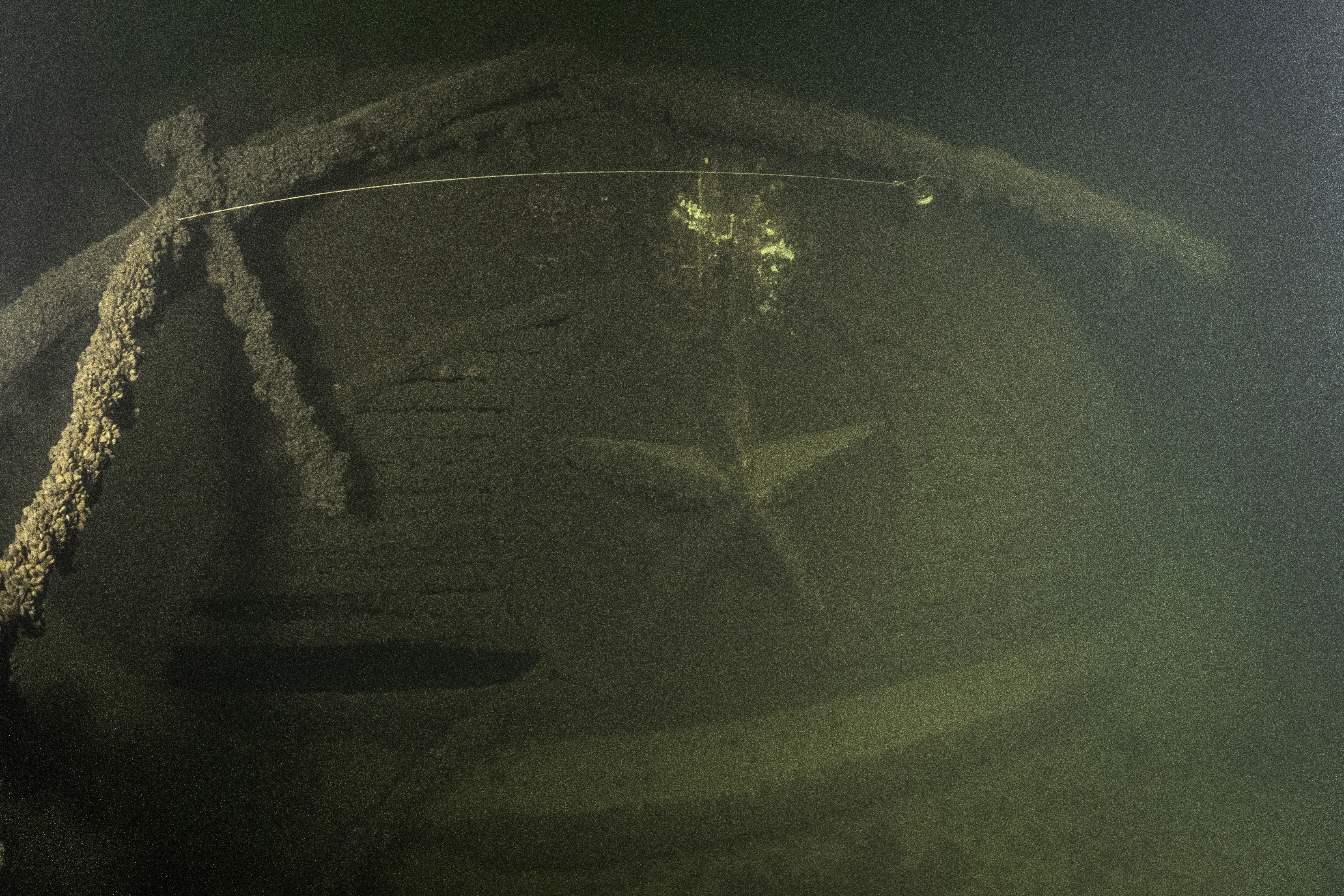
We moved along the starboard side of the wreck, examining the stern. We then moved on to the well-preserved casing of the paddle wheel, marked with a large star, which was clearly visible. There were fragments of the cabins on the first deck, which partially remained. The pipes of the steam engine looked surreal.
Unfortunately, we did not have enough time to fully explore the ship during our two short dives, leaving further exploration for future expeditions. But what we did manage to see and photograph made an indelible impression.
The chance to see history hidden deep below the ice as well as the chance to show images of the wreck and share admiration for the new findings—these opportunities are exactly what maintain the spirit of exploration and constantly inspire us to pursue new adventures. Keep traveling and explore! ■
Pavel Lapshin is a diver, photographer and explorer based in Russia. For more information, visit: instagram.com/pavellapshin_deeptravel



